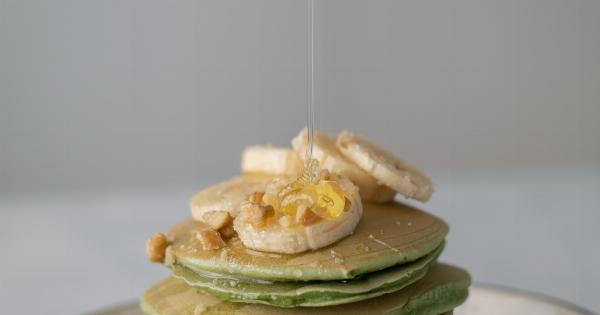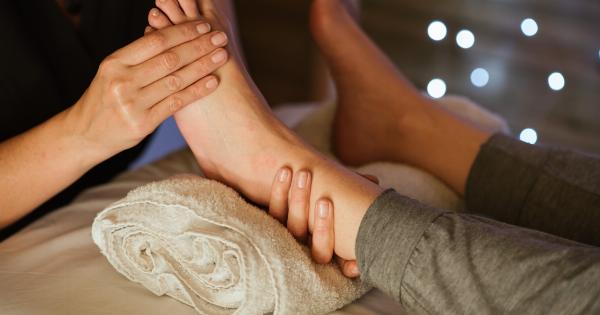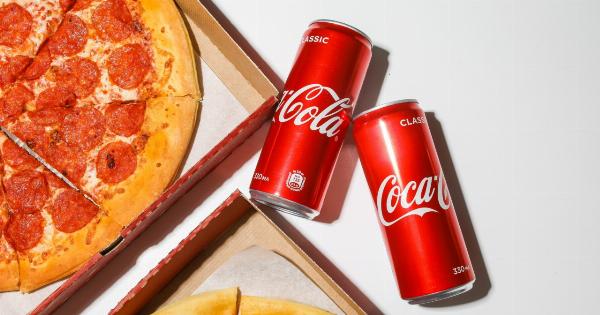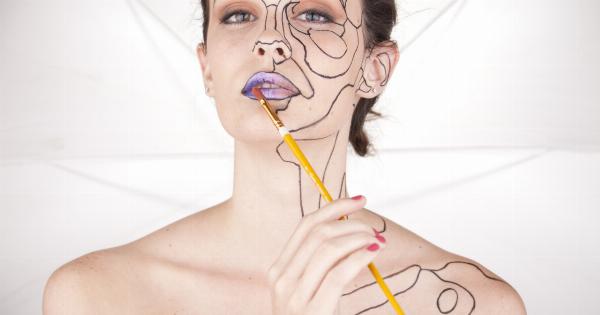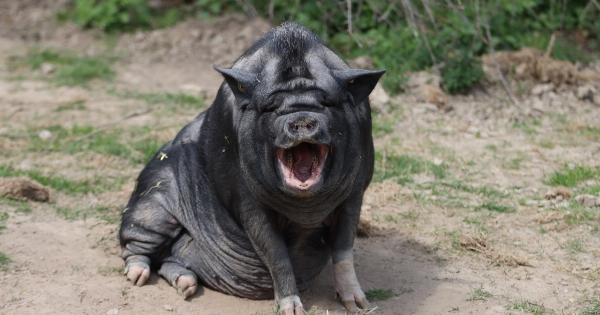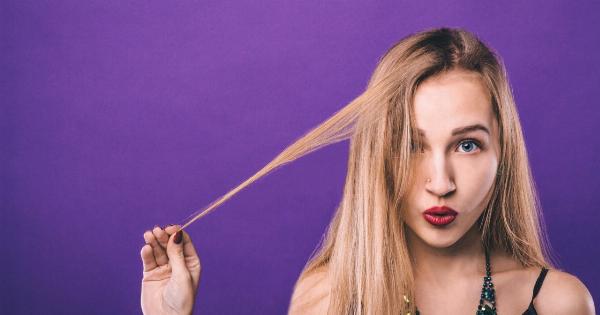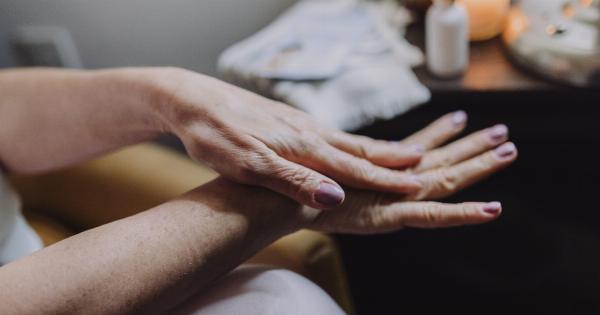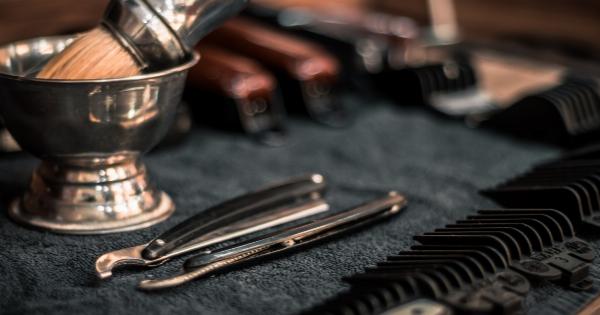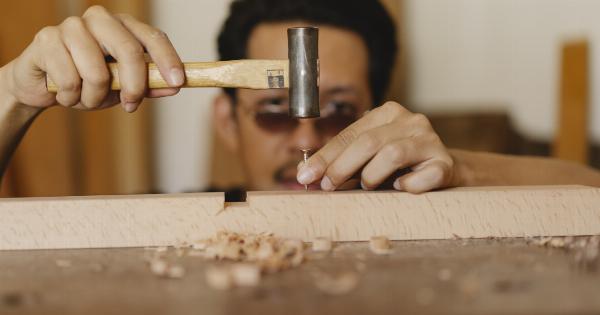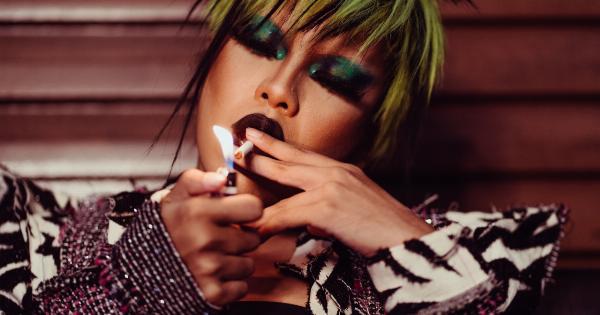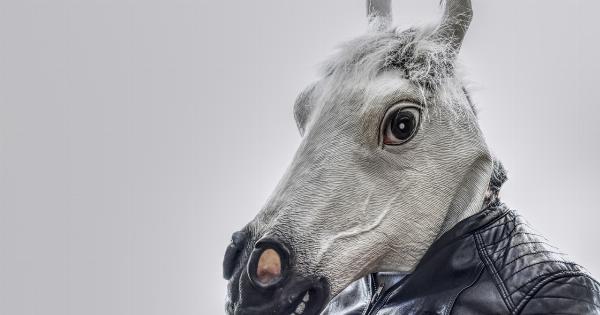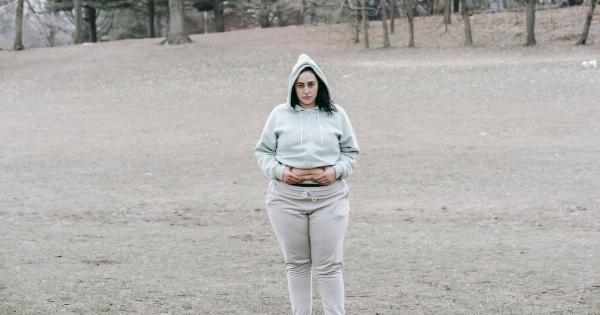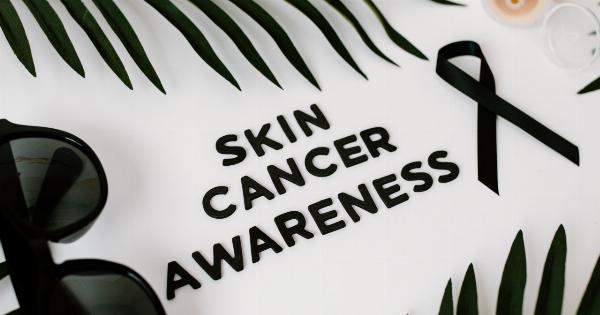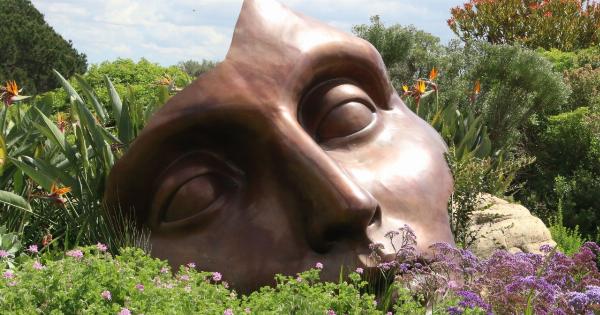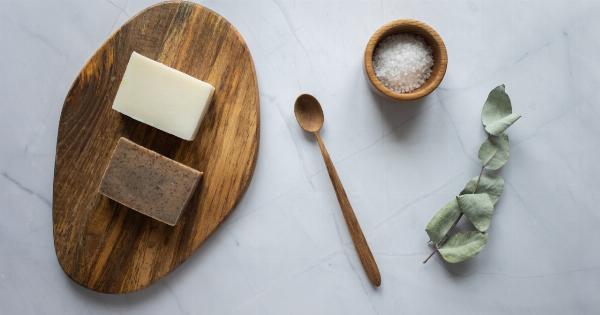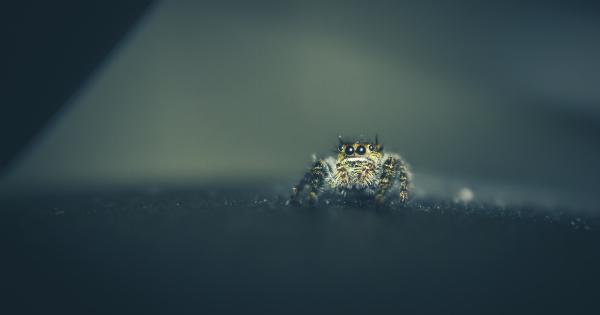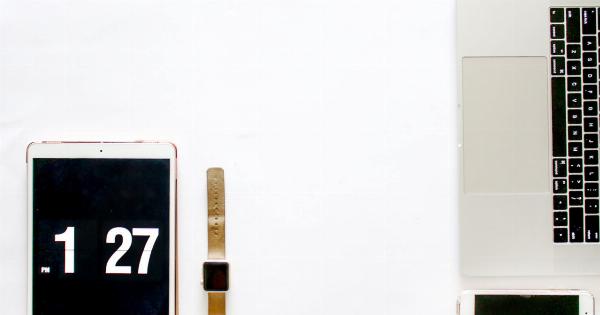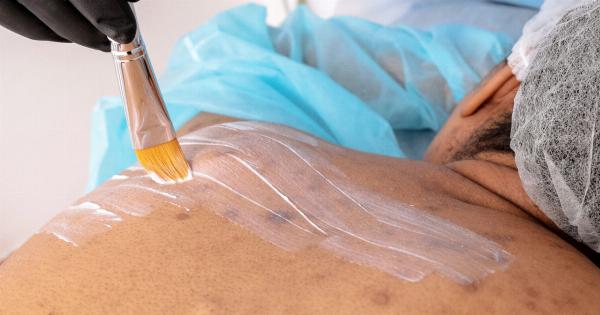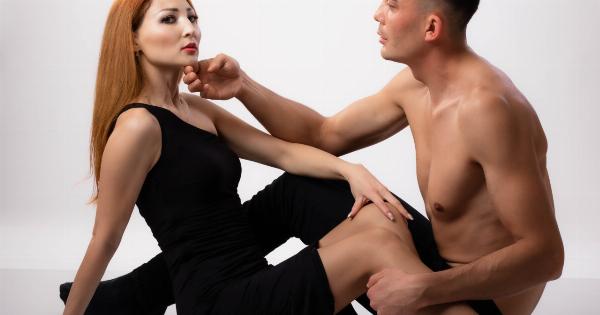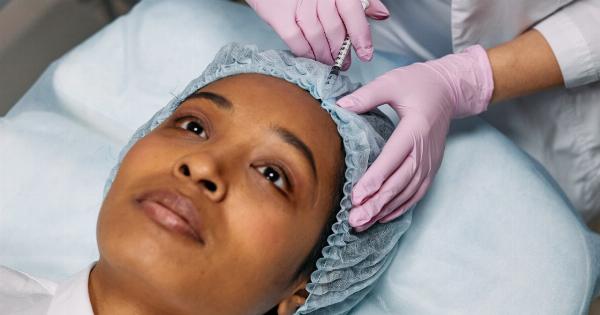Hair is a fascinating part of our anatomy that carries a whole lot of information about our health, personality, and lifestyle. It’s a unique feature that sets individuals apart and can also indicate our age and ethnic background.
Not only is it a crucial part of our appearance, but our hair also goes through an intricate biological process, offers insights into our health conditions, and plays an essential role in our social, cultural, and religious rituals. In this article, we’ll explore what we can learn from our hair.
The Anatomy of Hair
Humans have different hair types, such as curly, straight, wavy or even no hair. Regardless of its appearance, hair has a consistent composition.
Hair consists of two parts: the hair follicle that produces the hair strand, and the hair shaft, which is the visible part of the hair that protrudes from our skin. The hair shaft is made of dead protein cells called keratin, which are organized into three layers: the cuticle, the cortex, and the medulla.
Hair Growth Cycle
Hair goes through a complex growth cycle that includes three phases: the anagen phase, the catagen phase, and the telogen phase.
The anagen phase is the period of active hair growth when hair is produced in the hair follicle, and it lasts for two to seven years. The catagen phase is a short transitional period when hair growth stops, and the hair follicle shrinks, lasting two to three weeks. The last phase is the telogen phase, which is when hair rests in the hair follicle and eventually falls out.
This phase lasts three to four months, after which the hair follicle returns to the anagen phase, and the cycle starts all over again.
Health Insights from Hair
Our hair can offer insights into our overall health condition, both past and present. For instance, hair loss may indicate a hormonal imbalance or a nutrient deficiency.
Hair thinning can also be a sign of aging, stress, or an underlying medical condition such as thyroid disorders, PCOS, or lupus. Additionally, changes in hair color, texture, or growth pattern can suggest underlying health issues.
For example, brittle and dry hair may be due to a lack of moisture or the overuse of hair products, while too much stress or an autoimmune disease can cause premature graying.
Hair and Culture
Hair plays a significant role in various cultures worldwide. The way we wear our hair often carries social, cultural, and even political messages.
For instance, in some African cultures, hairstyles communicate social status, age, gender, marital status, and even tribe membership. Braids, dreadlocks, and afros in black communities worldwide are not only fashion statements but also expressions of cultural pride and resistance against Western beauty standards.
In India, the length and style of a woman’s hair can indicate her marital status and her social rank. Sikh men, on the other hand, grow their hair as a symbol of their faith, and cutting it is forbidden.
Hair and Personal Style
Our hair can also speak volumes about our personality and style. The way we style our hair can indicate our level of confidence, creativity, and willingness to take risks.
A bold haircut, vibrant hair color, or a funky hairstyle could be a sign of an adventurous and experimental personality, while a classic hairstyle might represent someone who values tradition and sophistication. Moreover, our hair often reflects our mood and emotions. For example, when we’re feeling down, we might neglect our hair, while when we’re excited or happy, we might try out new hairstyles and experiment with different hair products.
Hair and Self-Care
Our hair needs proper care to remain healthy and beautiful. Regular washing, conditioning, and moisturizing are essential for maintaining healthy hair.
It’s also crucial to avoid harsh chemicals, excessive heat, and tight hairstyles, as they can damage the hair shaft and cause breakage. Furthermore, proper nutrition is essential for promoting healthy hair growth. Foods rich in protein, vitamins, and minerals, such as fish, nuts, leafy greens, and whole grains, can improve hair health and reduce hair loss.
Conclusion
Our hair is more than a mere decoration. It’s a real reflection of our health, culture, personality, and self-care. Our hair is an essential part of us, and we should treat it with care and respect.
Understanding our hair’s anatomy, growth cycle, and care needs can help us maintain healthy hair and prevent hair loss and damage. Moreover, embracing our hair’s natural texture and style can be empowering and liberating. So let’s learn from our hair and give it the attention it deserves.

